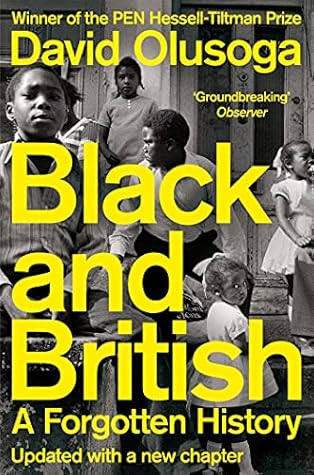Blackness in the sixteenth and early seventeenth centuries was associated with the night, the supernatural and the diabolical. The devil was depicted as black in innumerable medieval paintings, and continued to be portrayed as such in Elizabethan and Stuart woodcuts. The blackest everyday objects were described as being ‘as black as a devil’, and on occasions the skin of the devil was said to be as black as that of an African. To call someone black in Shakespeare’s England was to insult them, not by any linkage with race, but because the colour itself was pregnant with negative symbolism.20
Welcome back. Just a moment while we sign you in to your Goodreads account.


